10 Creative Ways to Mix and Match Different Furniture Styles for a Unique Home Decor
Learn how to mix and match different furniture styles effortlessly. Discover expert tips on blending modern, vintage, rustic, and contemporary pieces to create a harmonious and stylish home interior.
DECORATINGFURNITURE
3/19/2025
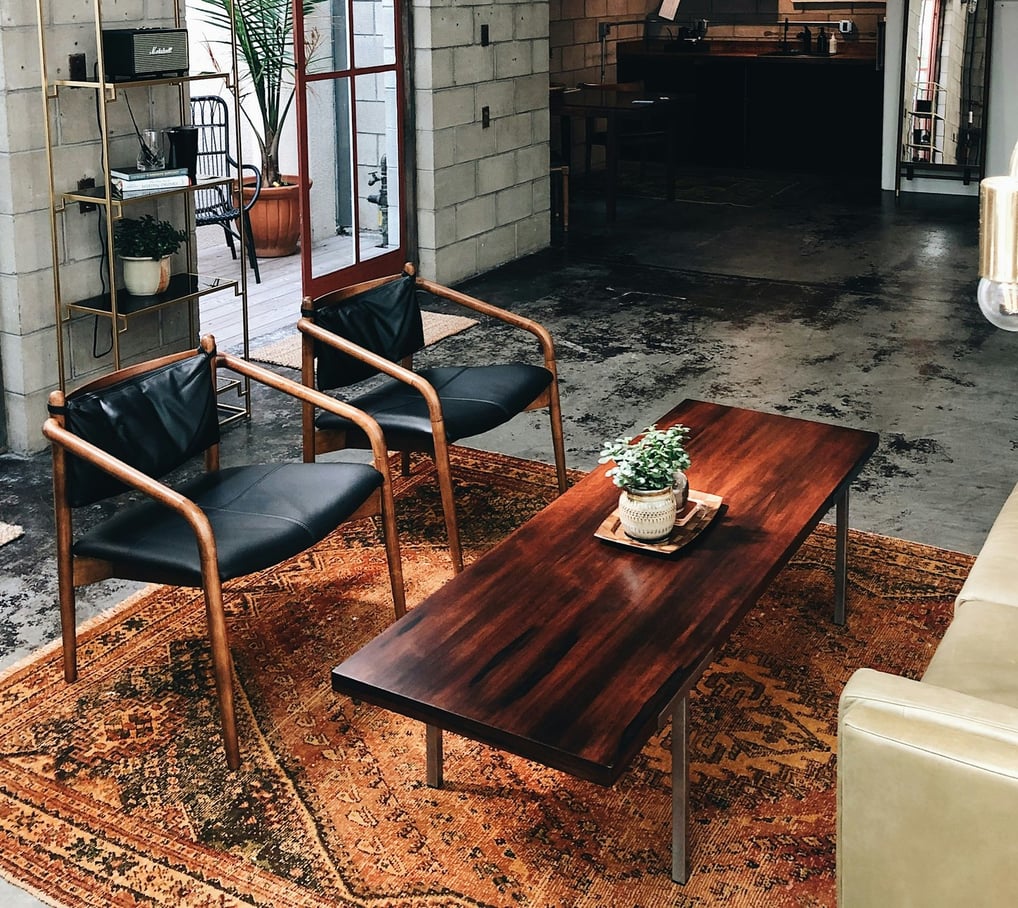

Decorating a home with mixed furniture styles is an exciting way to create a dynamic and personalized space. By blending different design aesthetics, you can achieve a look that is both eclectic and harmonious. Whether you love modern minimalism, rustic charm, or vintage elegance, mixing furniture styles allows you to craft a home that reflects your unique personality. Here are ten detailed ways to master the art of mixing and matching furniture styles seamlessly.
Start with a Neutral Base for Cohesion
Use a Unifying Color Palette to Tie Styles Together
Balance Proportions and Scale for Visual Harmony
Blend Textures to Add Depth and Interest
Incorporate Transitional Pieces for a Smooth Blend
Use Statement Pieces as Focal Points
Repeat Design Motifs for Consistency
Layer Lighting Styles for Ambiance
Add Eclectic Accessories for Personality
Trust Your Instincts and Experiment
1. Start with a Neutral Base for Cohesion
Color is one of the most powerful tools for unifying different furniture styles. Selecting a consistent color scheme—whether monochromatic, complementary, or analogous—helps disparate pieces feel intentional. For example, if you have a vintage emerald-green velvet armchair and a contemporary navy-blue sofa, adding throw pillows or artwork that incorporate both shades bridges the gap between the two styles. Similarly, metallic accents like gold, brass, or chrome can create continuity between modern and traditional furniture.
By repeating colors throughout the room, you establish visual harmony, making the mix of styles look curated rather than random.
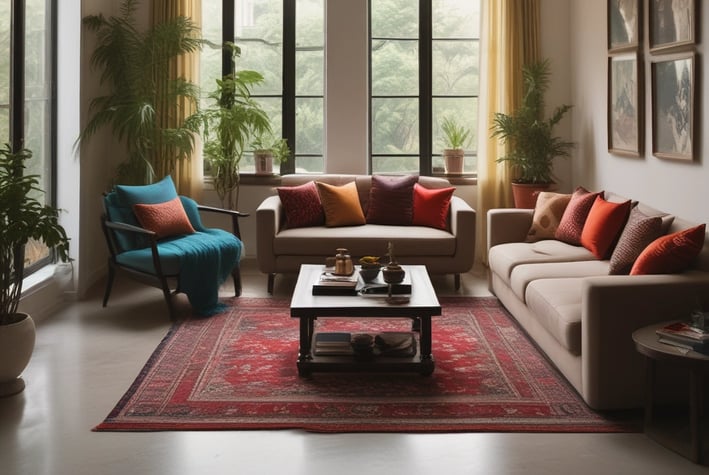

When mixing furniture styles, proportion and scale play a crucial role in maintaining balance. A large, overstuffed traditional sofa might overwhelm a room if paired with delicate mid-century modern side tables. Instead, opt for pieces that complement each other in size—such as a sturdy farmhouse dining table with sleek acrylic chairs.
Pay attention to the height, width, and visual weight of each piece to ensure they don’t compete for attention. If one furniture style is dominant, balance it with smaller, contrasting pieces to create equilibrium. Proper scaling ensures that the room feels well-composed and aesthetically pleasing.

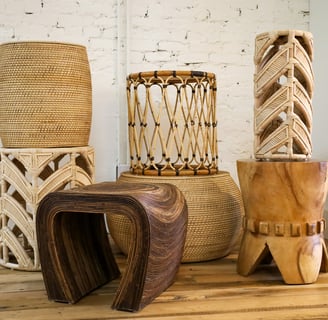
Combining different textures is an excellent way to mix furniture styles while adding depth to your decor. Smooth leather, rough wood, soft fabrics, and sleek metals can coexist beautifully when thoughtfully layered. For example, a glossy modern glass-top table paired with a chunky knit throw and a distressed wooden bench creates a rich, tactile experience.
Mixing textures prevents a space from feeling flat and adds warmth, making the room more inviting. Whether you’re blending rustic with contemporary or industrial with boho, varied textures help unify the look while keeping it dynamic.
A neutral foundation is key to successfully blending different furniture styles. Neutral colors like beige, gray, white, or soft taupe create a balanced backdrop that allows diverse pieces to coexist without clashing. For instance, pairing a sleek modern sofa with a rustic wooden coffee table works beautifully when both sit on a neutral-toned rug.
The lack of bold colors prevents visual chaos, letting the textures and shapes of the furniture stand out. Additionally, neutral walls and flooring enhance flexibility, making it easier to introduce bold or contrasting furniture later. This approach ensures that even if your decor includes a mix of mid-century modern, industrial, and bohemian elements, the space remains cohesive and inviting.
3. Balance Proportions and Scale for Visual Harmony
2. Use a Unifying Color Palette to Tie Styles Together
4. Blend Textures to Add Depth and Interest
Transitional furniture—designs that blend traditional and contemporary elements—can help bridge the gap between different styles. A transitional sofa with clean lines but subtle curves can pair well with both modern and classic pieces. Similarly, a wooden dining table with a simple silhouette works in farmhouse, Scandinavian, or industrial settings.
By introducing transitional elements, you create a smoother transition between contrasting styles, making the overall decor feel intentional and polished.
5. Incorporate Transitional Pieces for a Smooth Blend
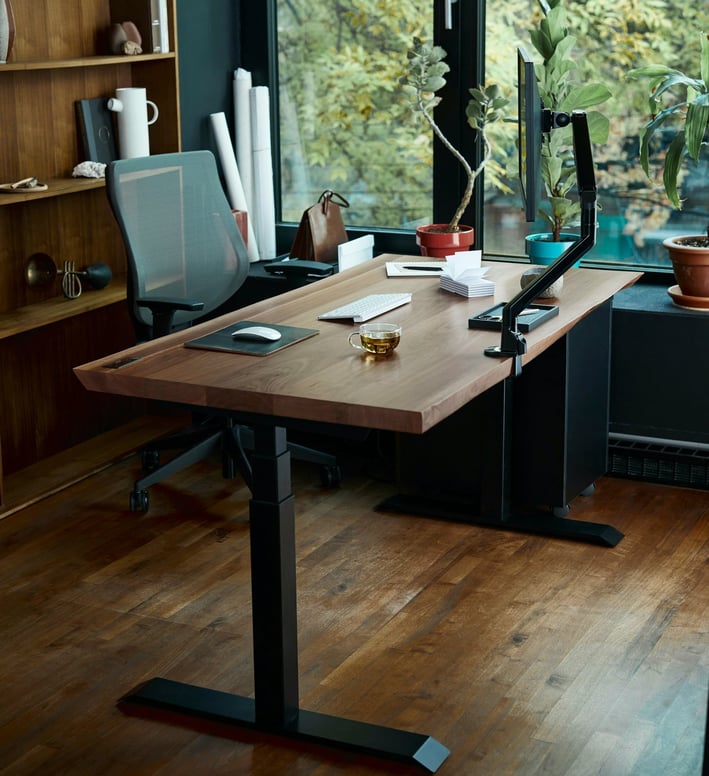

6. Use Statement Pieces as Focal Points
Repeating shapes, patterns, or materials can create continuity in a mixed-style room. If your modern coffee table has circular elements, echoing that shape in a vintage round mirror or a curved lamp reinforces cohesion.
Similarly, if you have a geometric-patterned rug, incorporating similar angular designs in throw pillows or artwork ties the look together. Consistent motifs help different styles feel like part of a unified design story.
7. Safety-First and Ergonomic Kids' Furniture
A bold statement piece can anchor a room and set the tone for mixing styles. Whether it’s an ornate antique armoire, a sculptural modern chair, or a vibrant bohemian rug, a standout item draws attention and gives other eclectic pieces a reason to coexist. Surrounding the statement piece with complementary yet varied furniture ensures the room remains balanced. This technique allows you to experiment with different aesthetics while keeping the space visually engaging.
8.Layer Lighting Styles for Ambiance
Lighting is a versatile tool for blending furniture styles. Combining a sleek pendant light with vintage table lamps or industrial floor lamps adds dimension while ensuring functionality. Different lighting styles can define zones within a room—such as a modern chandelier over a rustic dining table—creating a layered, well-balanced aesthetic. The right lighting enhances the mix of furniture, making the space feel curated and intentional.
9. Add Eclectic Accessories for Personality
Accessories like cushions, vases, and artwork are perfect for tying mixed furniture styles together. A modern bookshelf filled with vintage trinkets or a traditional side table topped with abstract decor creates an eclectic yet harmonious vibe. These small touches add personality and help blend different design eras seamlessly.
10. Trust Your Instincts and Experiment
Ultimately, mixing furniture styles is about personal expression. Don’t be afraid to experiment—sometimes unexpected pairings create the most stunning interiors. Trust your taste, play with arrangements, and let your space evolve organically. The best-designed rooms often reflect a fearless blend of styles that tell a unique story.
By following these ten methods, you can confidently mix and match furniture styles to create a home that’s stylish, cohesive, and full of character. Whether you prefer a subtle blend or a bold contrast, the key is balance, repetition, and a touch of creativity. Happy decorating!
MOST READ
HOUSE TOURS
Stunning 2700 Sq. Ft. Nalukettu Home with a Modern Touch
2 MIN READ
HOUSE TOURS
Exploring a 5BHK Contemporary Home in Kerala
2 MIN READ
HOUSE TOURS
Elegant 3BHK Home Tour
2 MIN READ
HOUSE TOURS
Inside a Stunning Rs. 2 Crore Dream Home in Palai, Kerala – UrbanSpacee’s First Home Tour!
3 MIN READ
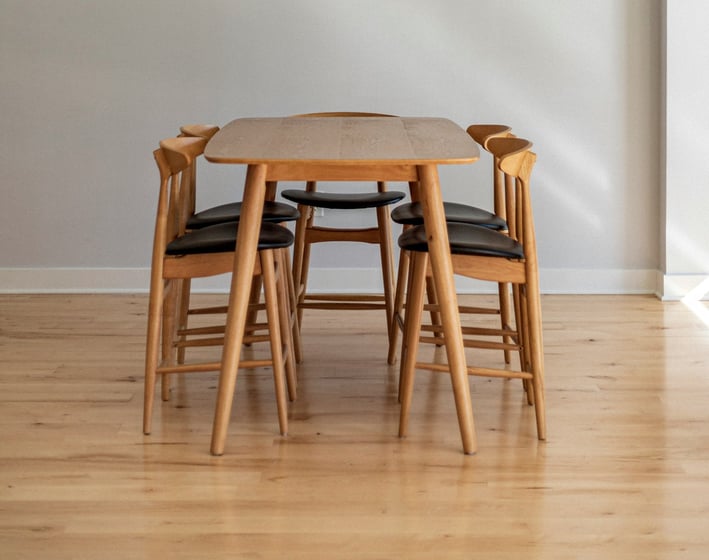

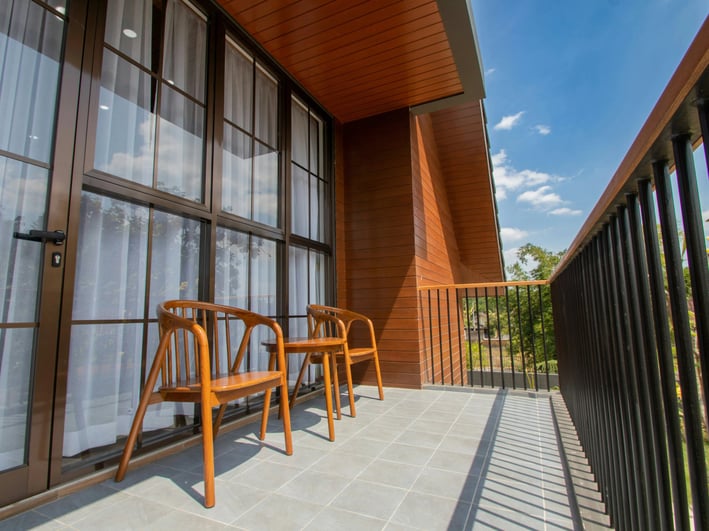

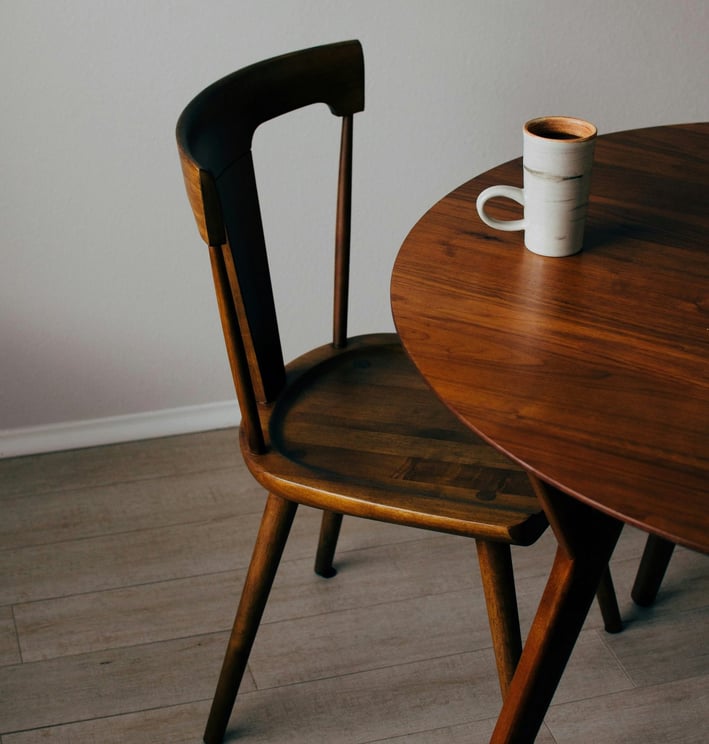

Follow Us
Explore smart furniture ideas for modern living.
For Enquiry
contact: info@urbanspacee.com,
+91 91886 37751
© 2025. All rights reserved./Terms and Conditions/Privacy policy
Newsletters
This blog contains affiliate links.For promoting there products ,we may earn a commission if you purchase through these links, at no extra cost to you.
